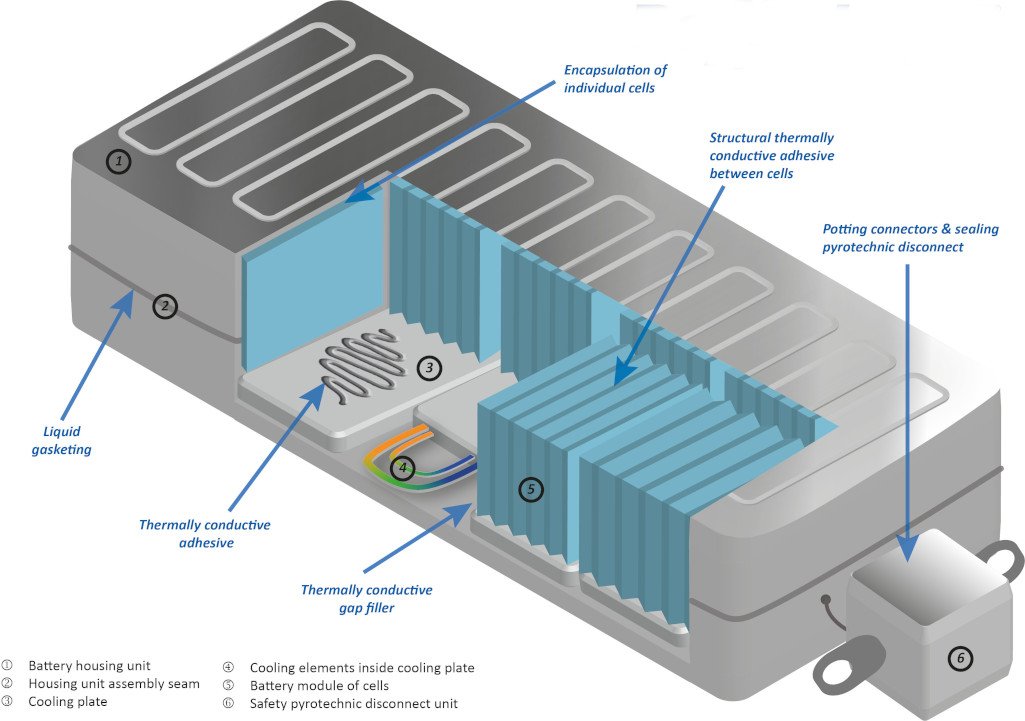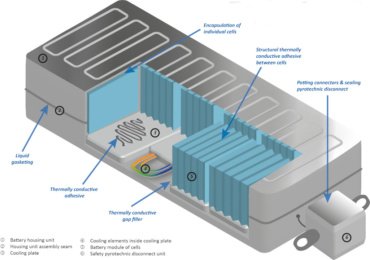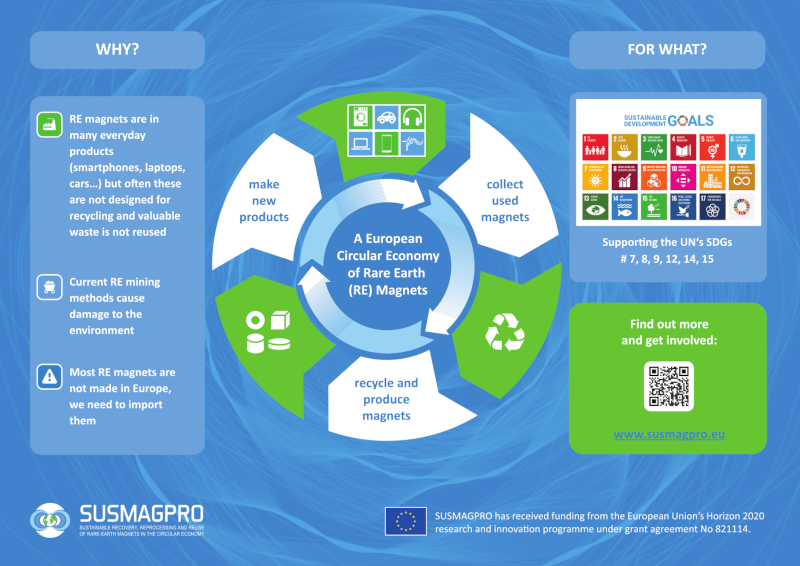Where are adhesives and sealants used? by Rebecca Wilmot at Permabond
When I was a child, I used to see battery-powered milk floats trundling along at 15mph, holding up the traffic. How things have changed! Battery-powered sportscars are now zipping up and down the motorways and autobahns. Battery technology has moved on in leaps and bounds to make it a practical, economical and viable everyday driving solution for the modern-day motorist – whilst also helping cut emissions to improve local air quality.
Key areas of focus for battery development include:
- Efficiency and size
- Increased power output
- Speed of charging
- Cost of materials
- Safety
Whilst the whizz-kids are revolutionising batteries; materials suppliers are having to up-the-stakes with their offerings to the industry. For adhesives manufacturers, this means developing products that combine some quite specific features:
#1 in this season’s must-haves is thermally conductive adhesive
Batteries get extremely hot whilst charging, the demand is to charge as quickly as possible, which tends to exacerbate the situation, so it is essential to dissipate heat away from battery cells quickly and effectively. Battery cells are arranged in modules which make up the battery pack (the large unit normally concealed under the floor in electric cars). The need to keep the battery size as small, yet efficient as possible, means tightly stacking battery cells – increasing the temperature within the battery module. Heat needs driving away from the battery cells, so they are potted with thermally conductive adhesive.

The modules sit on top of a heat sink, to maximise heat transfer, a thermally conductive adhesive is used to bond them in place. The adhesive also couples as a way of absorbing shock and vibration whilst driving to prevent damage to sensitive components. Inclusion of thermally conductive fillers into adhesives can affect other properties, for example, viscosity. It is all very well asking for an adhesive with the maximum thermal conductivity possible, but can you dispense the material is the question?! High levels of thermally conductive filler material render the adhesive virtually solid and unable to be mixed or extruded easily.

Ability to cope with expansion and contraction
Battery cells and other components expand and contract significantly as they heat up and cool down;there is also the issue of sudden temperature changes or “thermal shock.” Adhesives and sealants are used around the cells to hold them in place and need to have some flexibility to cope with expansion and contraction without inducing stress onto the components or cracking off. Different materials expand and contract at different rates, this is more evident with larger components, so choosing an adhesive with a degree of flexibility and optimising the glue line thickness will help cope with the stress of differential expansion and contraction without debonding or causing damage to the parts.
Electrical resistance
It is important that whilst the adhesive is thermally conductive, it must also be electrically non-conductive. Otherwise there will be short circuits galore and a car full of frazzled occupants going nowhere. A high dielectric strength is essential (dielectric strength is the maximum electrical field a material can withstand before it becomes conductive). Another benefit of using adhesives for sealing battery housings is that they provide a 100% seal against moisture ingress, and potting adhesives surrounding the cells and other electrical components prevent contamination and possible malfunction.
Safety
Non-burning, fire retardant adhesives help to maximise vehicle safety. Fire retardant fillers can be combined into the adhesive formulation, and these are often thermally conductive as well – so can kill two birds with one stone! These fillers are self-extinguishing – so if you try to set fire to the material and take the flame away, the fire does not propagate along the adhesive layer, and the flame dies out.
Using toughened adhesives in the construction of battery packs helps absorb impact forces, reducing the level of damage to the battery during a collision. Toughened adhesives also help to protect the battery pack against the shocks and vibrations experienced when driving;they can also help with sound deadening for improved passenger comfort.
Production considerations
There is no point in having a new technically advanced innovative adhesive that lacks practicality on a production line. Battery production is big business and getting bigger by the day as EV popularity and demand increases, so it is essential that the adhesive selected can lend itself to automatic dispensing and have a cure schedule that optimises production throughput and efficiency.
Two-part adhesives may need metered dosing and mixing before dispensing onto parts, single-part adhesives may require an oven or UV lamp to cure the adhesive. Solvent-based products or other hazardous chemicals may no longer be allowed in the workplace, or less hazardous products preferred for easier handling.
Cost
Capital expenditure costs of implementing adhesive on a production line vary depending on the level of automation required and sophistication of the equipment. It is possible to use adhesives for minimum outlaye.ghandheld dispensing guns. Overheads will vary according to the amount of space required and cost of running and maintaining equipment. Adhesive products themselves, considering the amount of adhesive used per battery, will come under ongoing cost scrutiny. It is interesting to note, the level of thermally conductive filler and the nature of the filler is the main cost driver for thermally conductive adhesives.

Higher levels of thermal conductivity can be achieved with different, more expensive fillers, but dielectric strength can be affected, with materials becoming electrically conductive – for some applications, this is great, but in the case of high voltage batteries for electric vehicles, probably not so desirable!
Where are adhesives & sealants used?
- Encapsulation or potting of battery cells
- Bonding cells into modules
- Bonding modules to cooling plate / heat sink
- Gasketing and sealing the battery pack
- Encapsulation and potting of other sensitive electronic components
- Potting of connectors and sealing pyrotechnic disconnect units
As well as battery bonding, high performance adhesives are also used for electric motor bonding – bonding magnets to rotors, magnets to stators, and sealing motor housing. Motors are often requiring adhesives to withstand 180-220°C as well as rigorous impact and thermal shock testing. In the event of an accident, a pyrotechnic disconnect unit detonates to release the battery system to help prevent fire and electrocution, adhesives are used to secure and pot connectors as well as seal and protect units. Friable adhesives can be used to secure the explosive charge, similar to those found in airbag detonation devices.

Here at Permabond we have a portfolio of special developments combining high thermal conductivity, fire retardancy, toughening, and also adhesives with high-temperature resistance. We have a long and impressive history of supplying adhesives to the automotive industry worldwide, with many products specified by leading automotive manufacturers and Tier 1 automotive suppliers, who insist on high quality cutting-edge products. Bespoke formulations can be developed to meet our customers exact requirements, helping them to achieve production savings and performance benefits.











